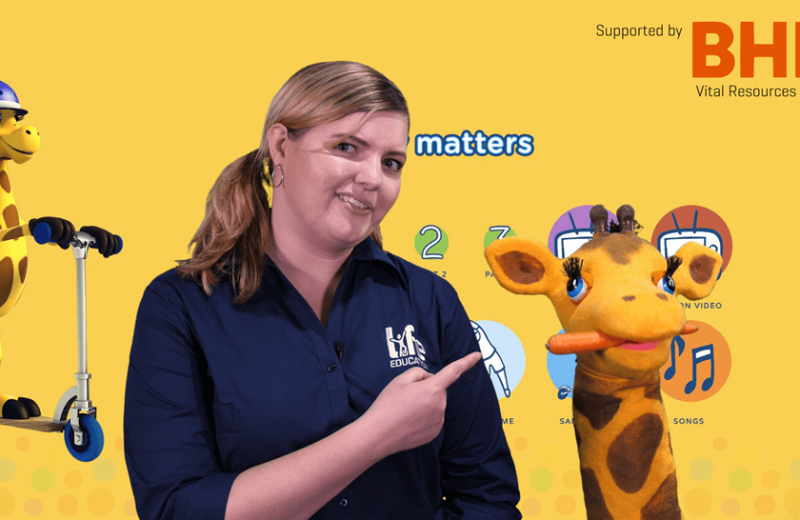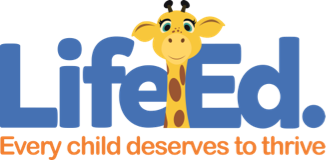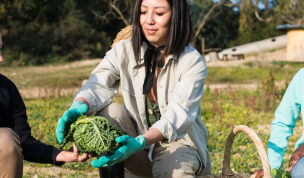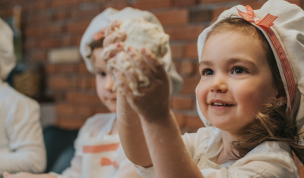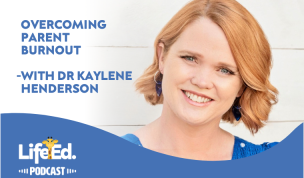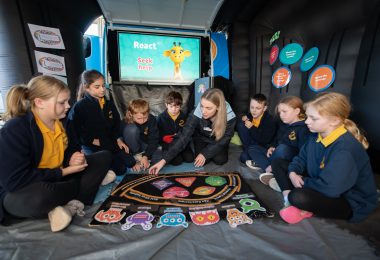Healthy Harold reaching NSW kids in new ways
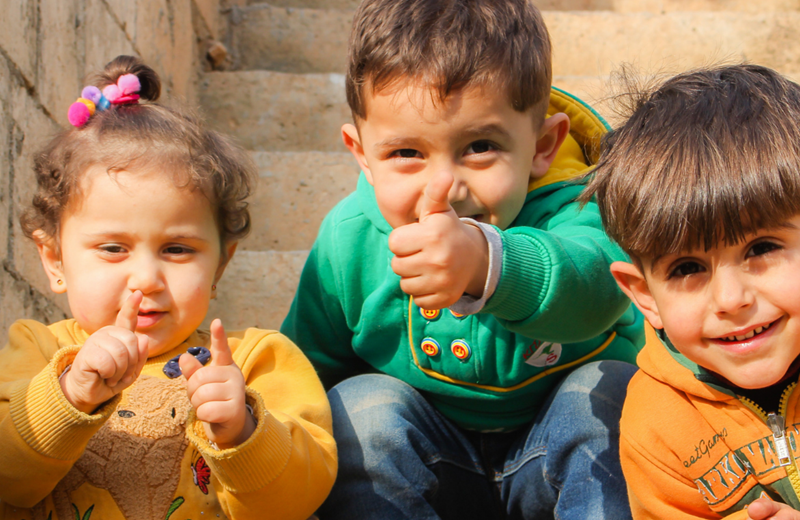
Protecting the wellbeing of Aussie kids during a global pandemic is a tall order, even for an iconic giraffe with 40 years’ experience in health promotion.
Despite school closures and social distancing measures, Life Ed NSW and its much-loved mascot Healthy Harold the giraffe have forged forward, ensuring the youngest members of our society aren’t left behind.
No matter how far or remote, Life Ed NSW has a mission to reach every school in the state, so no child misses out on critical health and wellbeing education. To date, this has largely been achieved through its fleet of Mobile Learning Centres.
“When news broke about COVID-19, even though schools were open we made the responsible decision to halt lessons. It was our priority to keep students and our staff safe – and the confined space of our Mobile Learning Centres and face-to-face teaching were no longer options,” says Life Ed NSW CEO Jonathon Peatfield.
It was the first time in 40 years that the Life Education couldn’t make it into NSW schools.
“Putting our visits to schools on pause has been harder knowing that NSW’s children are facing tough times, with drought, floods, bushfires and a pandemic,” says Jonathon.
“We also had a staff of 60 educators whose livelihoods were now in question.”
A rapid rethink was needed.
“We were able to guarantee everyone’s jobs for a six-week period while we waited on clarity around stimulus packages.
“We used that time to launch an Employee Assistance Program (EAP) to support staff wellbeing, and started exploring training development opportunities for our educators.”
Thanks to the Jobkeeper assistance, Life Ed NSW was then able to secure employment for staff, offering them a range of flexible options to balance work and personal needs.
Determined to stay true to their mission, the team rolled up their sleeves and got to work.
“By seeing it an opportunity to fast-track business goals, we turned the COVID crisis on its head,” says Jonathon.
“We implemented project-based working teams for our educators and set to work designing an online offering to support schools and families with ongoing health education. We also expanded our suite of free online resources for parents and children.”
Life Ed Online, developed in partnership with the NSW Department of Education and supported by the BHP Vital Resources Fund, is based on some of the organisation’s most popular modules. Lessons explore healthy eating, personal safety, physical activity, cybersafety and the impact of alcohol and other drugs.
Jonathon says he has had incredible feedback from the team, who now feel more connected than ever.
Physical distancing hasn’t hindered Life Education’s connections with wider community either.
“People have been seeking us out. The support has been overwhelming. We now have partnerships with Mogo Zoo, the NSW Waratahs, UTS and Macquarie University in the pipeline.
“We hope to return to face-to-face teaching soon, but in the meantime, we are adapting to the needs of schools and families to help support them through this crisis.”
Jonathon said schools have been quick to take up the offer, with 45 NSW schools booking the online modules so far.
“That’s 10,000 NSW students benefiting from our online health education. The NSW developed program has also been extended to other states, including Victoria, South Australia and Western Australia.
“We’ve had some amazing feedback from schools, who tell us their students love engaging with the online content, and find it easy to navigate and complete.
“Next steps for us is to explore the use of virtual classrooms. Combined with the face-to-face lessons (when we can get back into schools), moving forward, these technologies will allow us to reach more NSW children and in a variety of engaging ways, helping to cement important health messages.”
